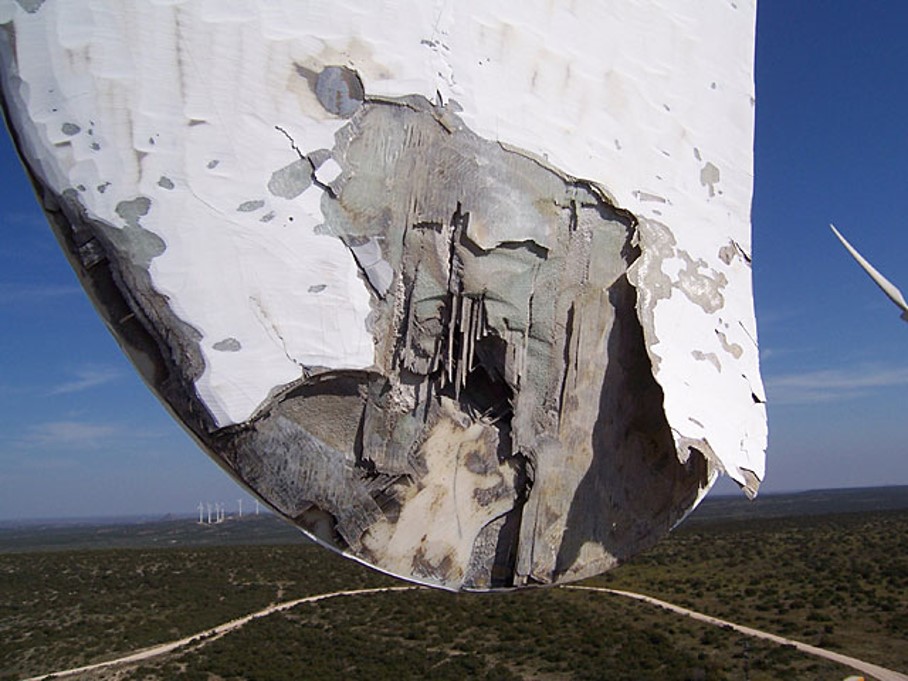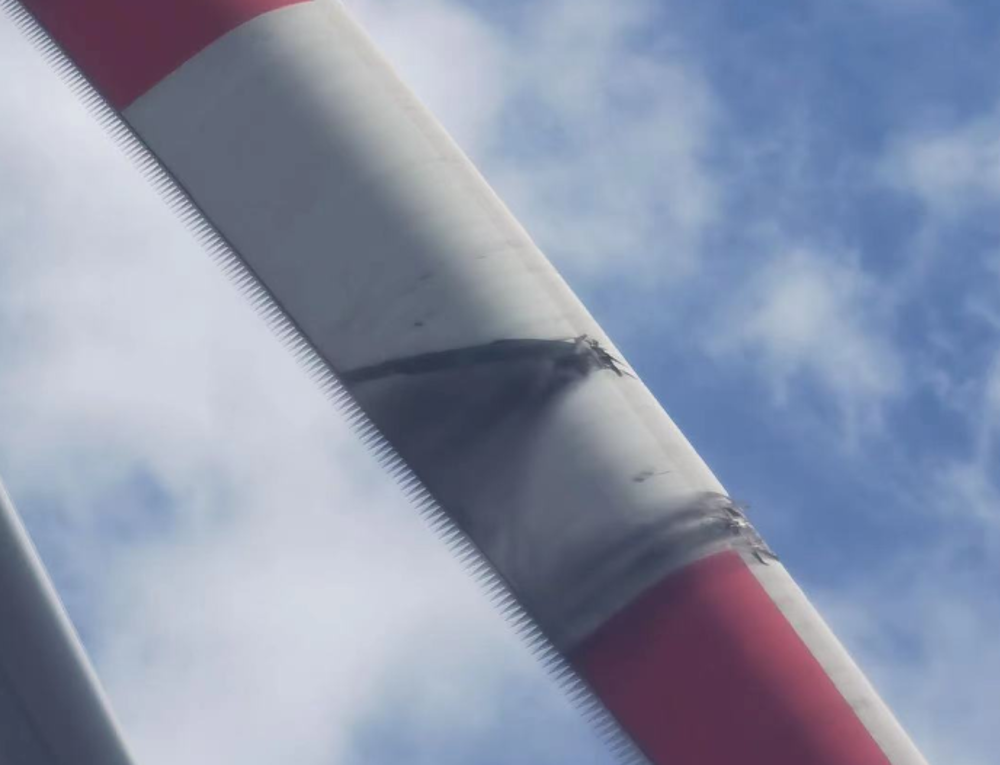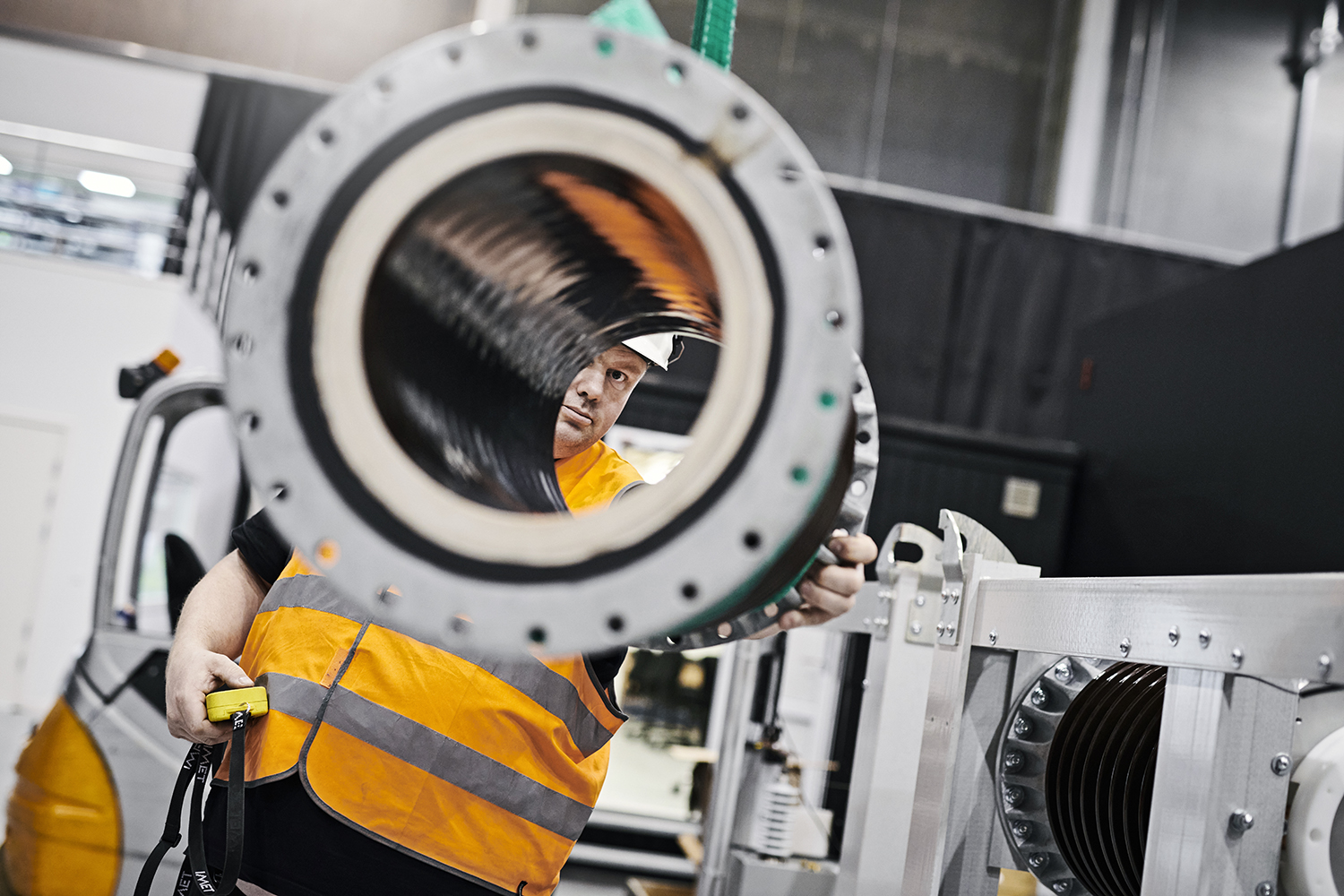Lightning damage can happen due to a variety of reasons. But there are some frequent issues that can lead to failure. Here is our take on it:
❗️ 𝗖𝗮𝗿𝗯𝗼𝗻 𝘁𝗼𝗼 𝗰𝗹𝗼𝘀𝗲 𝘁𝗼 𝘁𝗵𝗲 𝘁𝗶𝗽 ❗️
The increased use of carbon fiber in blades increases your lightning risks. And the closer you have these conductive components to the tip, the higher your chances for damage.

✅ The solution lies in the design. That is why our lightning experts work closely with the OEMs’ blade design team and use a wide range of numerical models, 2D and 3D simulations, including Multiphysics modelling, to determine how close the carbon is allowed to tip, so you can better avoid damages.

❗️ 𝗢𝘁𝗵𝗲𝗿 𝗰𝗼𝗻𝗱𝘂𝗰𝘁𝗶𝘃𝗲 𝗰𝗼𝗺𝗽𝗼𝗻𝗲𝗻𝘁𝘀 ❗️
Blades have a lot of different conductive component inside. These include sensors, de-icing systems, lights, and communication systems.
✅ Make sure that your LPS design considers these. Assess your risks and mitigate them through separation, insulation, electrical bonding, or by eliminating them (e.g., using fiber optic sensors instead of electrical ones). Our team can advise and support with models and simulations in the LPS design phase, so there will be no unpleasant surprises.
❗️ 𝗢𝗻𝗹𝘆 𝗽𝗿𝗼𝘁𝗲𝗰𝘁𝗶𝗻𝗴 𝘁𝗵𝗲 𝗯𝗹𝗮𝗱𝗲𝘀 ❗️
Lightning current needs to travel through your entire turbine structure safely. Insufficient lightning protection in your hub, gearbox, nacelle, and tower can lead to flashover, causing lightning damage.

✅ Think and protect holistically. Our lightning experts can offer protection solutions for the entire turbine structure and can even test full-scale components in our accredited lightning test center in Herning, Denmark.
Contact us so we can help you safeguard your wind turbine operations against lightning!